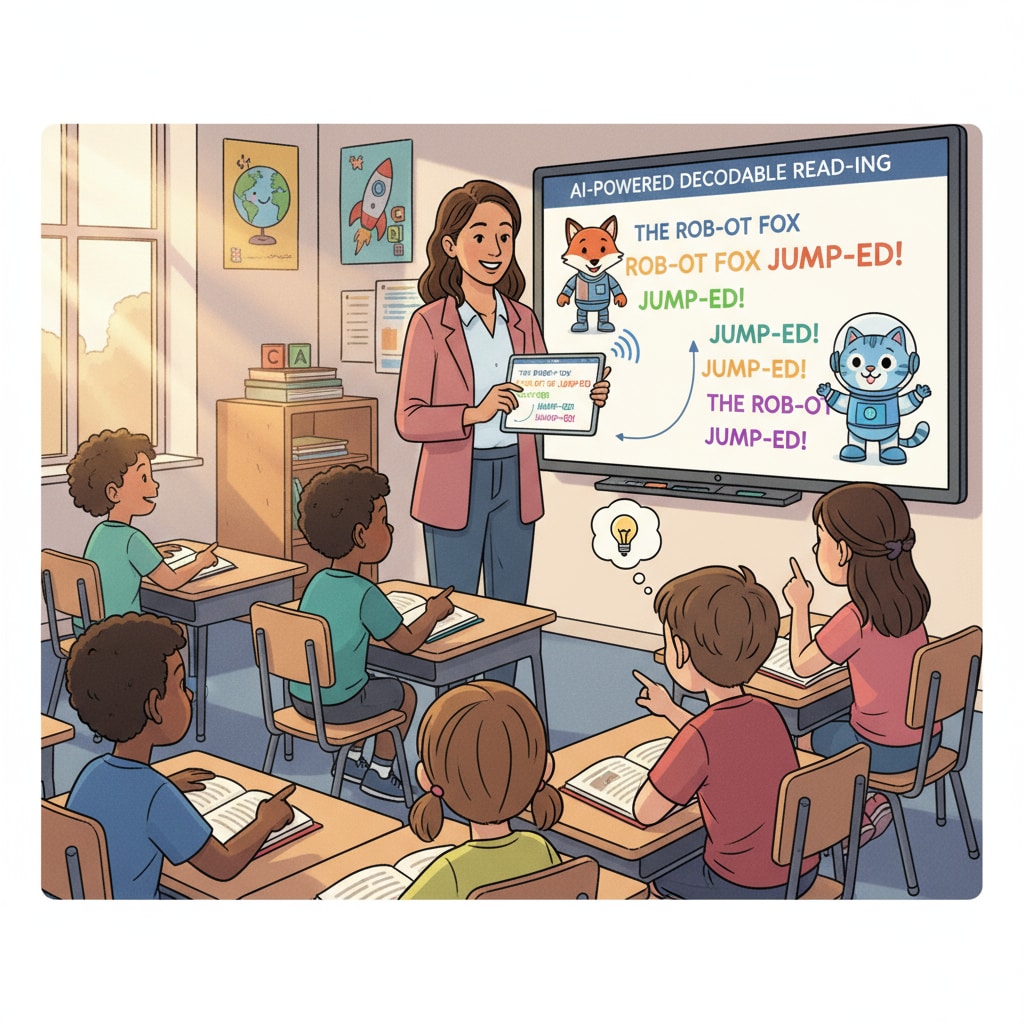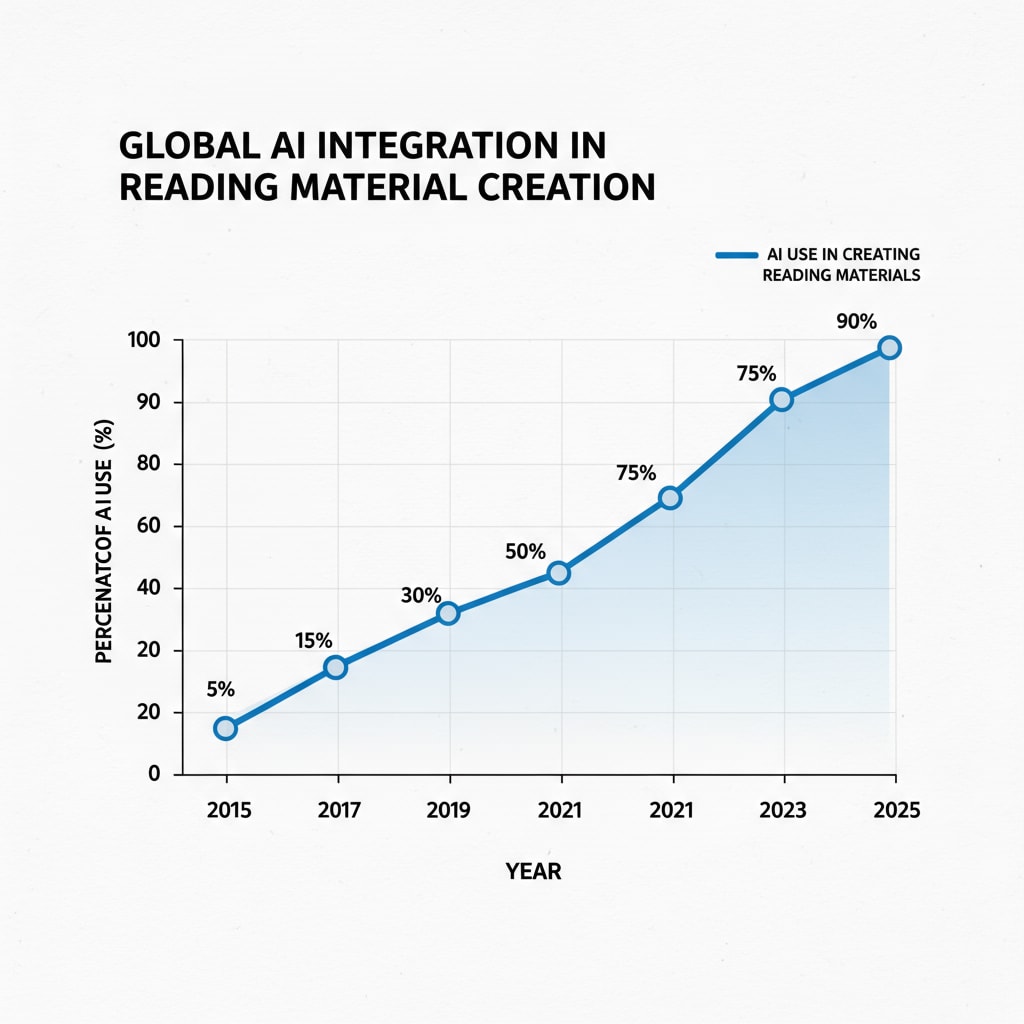AI tools, decodable reading materials, and educational applications are at the forefront of a revolutionary shift in K12 education. In recent years, the advent of artificial intelligence has brought about significant changes in various sectors, and education is no exception. Specifically, the generation of decodable reading materials using AI has opened up new possibilities for improving reading instruction in K12 classrooms.

The Rise of AI in K12 Reading Materials Generation
AI has made remarkable progress in content generation, and the field of education has been quick to adopt these advancements. With the ability to analyze vast amounts of data, AI algorithms can now create decodable reading materials tailored to different reading levels, interests, and learning styles. For example, platforms like Scholastic are starting to incorporate AI to develop more engaging and effective reading materials for students. These materials are designed to help students build essential reading skills, such as phonics, vocabulary, and comprehension.

The Advantages of AI-Generated Decodable Reading Materials
One of the significant advantages is personalization. AI can analyze a student’s reading performance and preferences to generate customized reading materials. This ensures that each student receives content that challenges them appropriately and keeps them engaged. In addition, AI can quickly produce a large volume of reading materials, providing teachers with a vast library of resources. This is especially beneficial for teachers who may not have the time or expertise to create high-quality decodable materials from scratch. Moreover, AI-generated materials can incorporate multimedia elements, such as images, audio, and videos, enhancing the overall learning experience. As a result, students are more likely to be motivated and retain information better.
The Limitations of AI-Generated Decodable Reading Materials
However, it’s important to recognize the limitations. AI may lack the human touch and creativity in some aspects. The generated materials might not always capture the nuances and cultural references that human-authored materials can. For instance, the storytelling in AI-generated texts may not be as rich or relatable as those written by experienced educators. Additionally, there could be concerns about the accuracy and reliability of the information presented in the materials. Without proper human oversight, some inaccuracies may slip through. Therefore, educators need to carefully review and supplement AI-generated materials to ensure their quality.
Readability guidance: As we can see, the use of AI in generating decodable reading materials has both pros and cons. Educators should be aware of these aspects and use AI as a tool to enhance, rather than replace, traditional teaching methods. By understanding the advantages and limitations, they can make informed decisions and create a balanced learning environment for their students.


